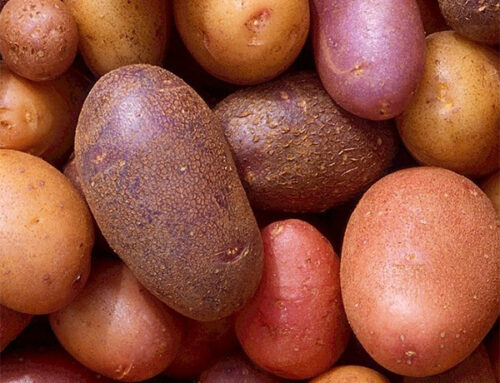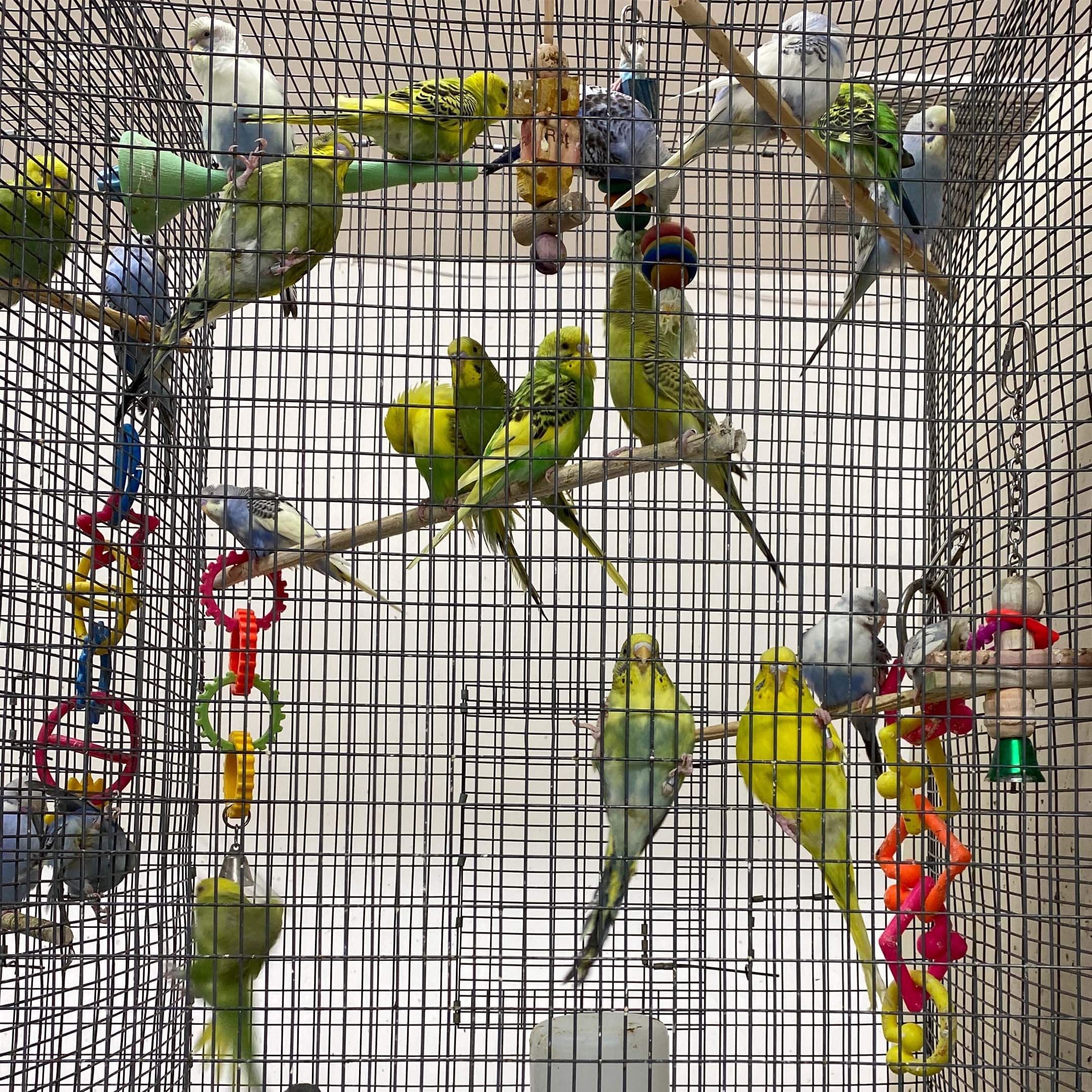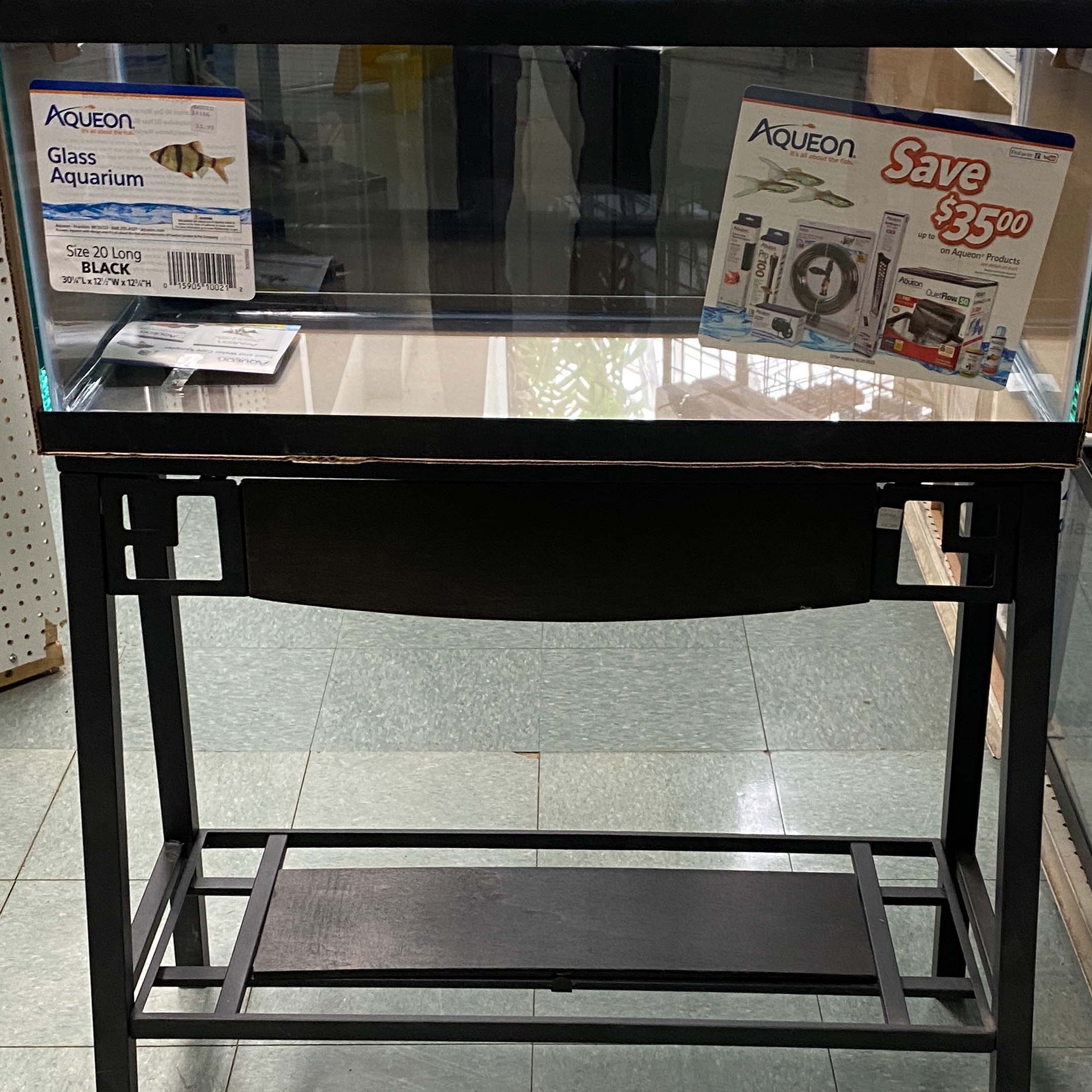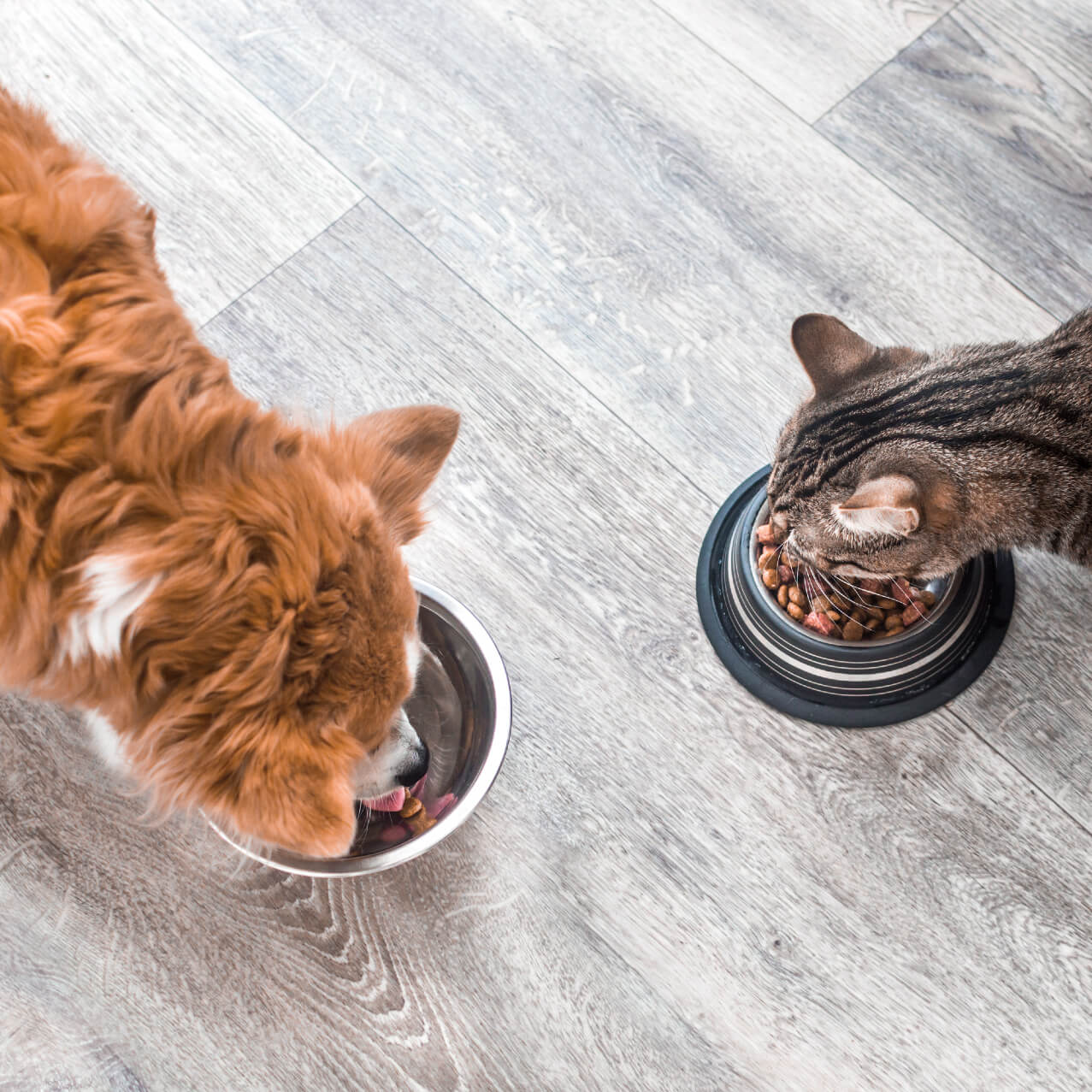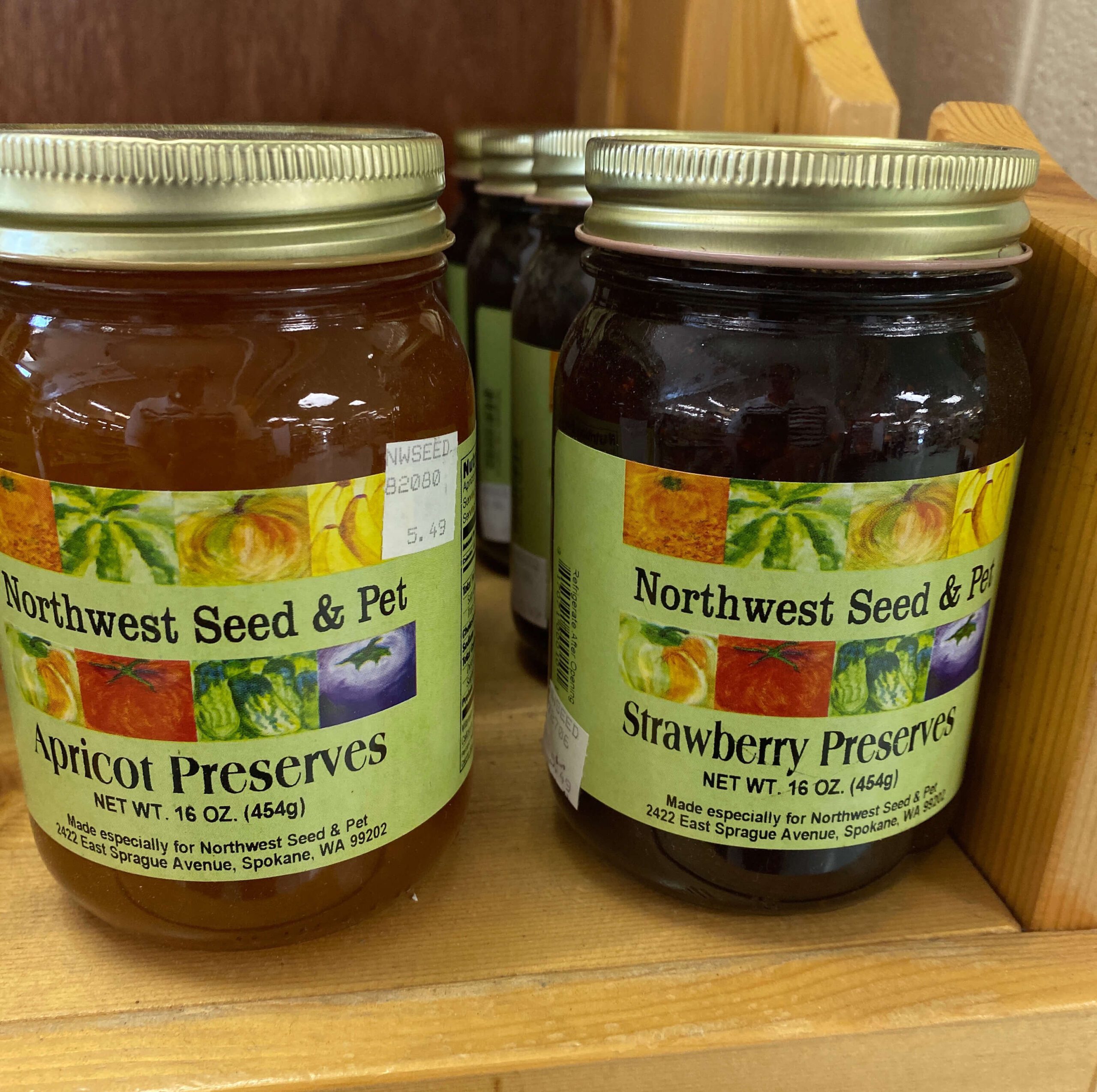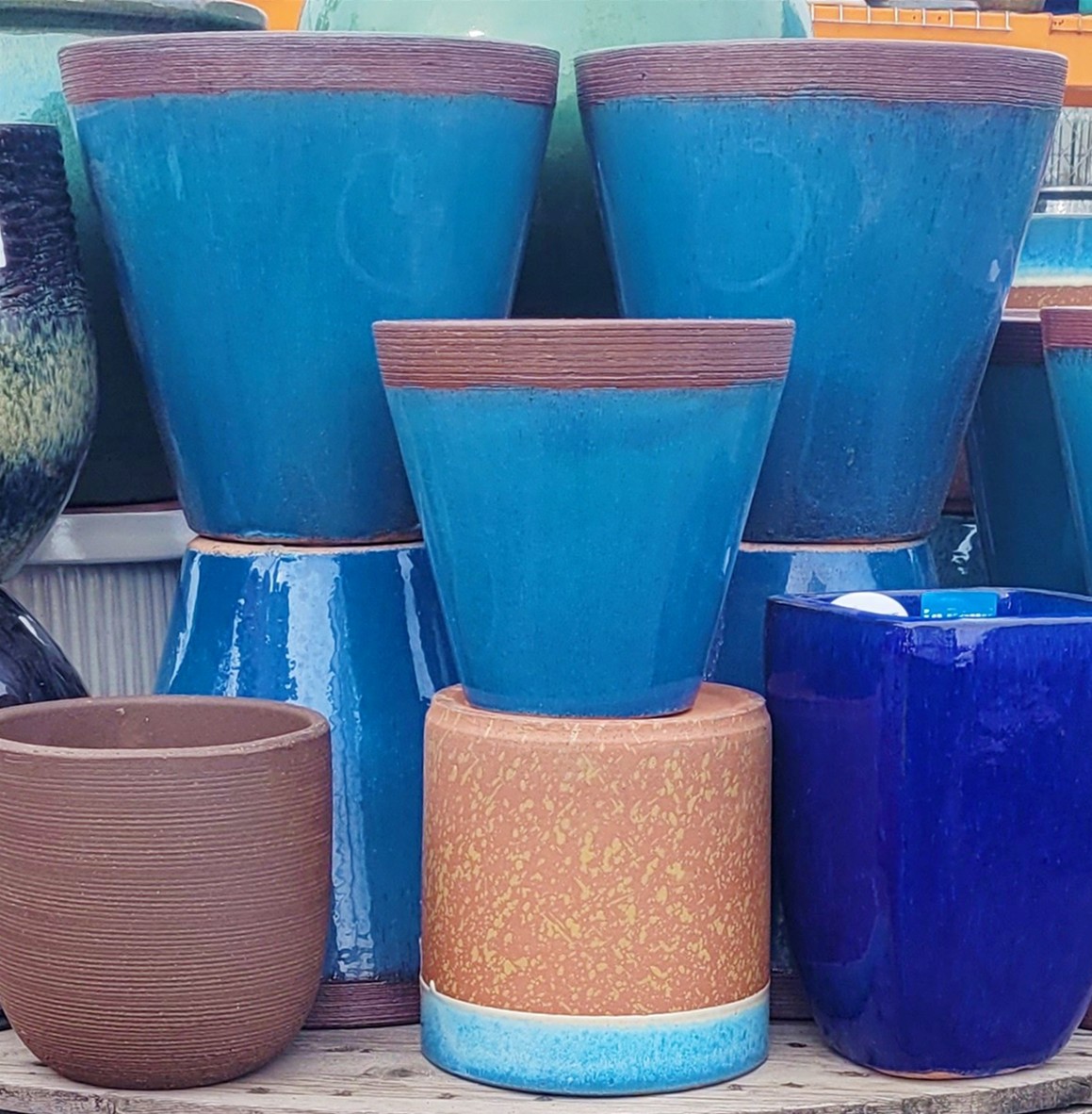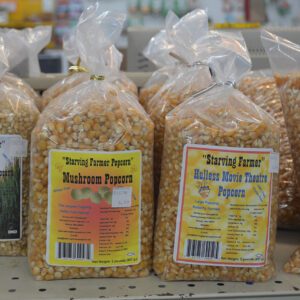Use of Rockwool to Start Plants
A. Starting from Seed
1.Soak the rockwool in lukewarm water. Allow plenty of time for rockwool cubes to take up water. Remove the rockwool from the water and allow to drain.
2. Insert seeds carefully into the holes marked out on top of the cubes. Don’t push them in too far, just enough to hide seeds. A few strands of rockwool should be teased over the hole to ensure that seeds are covered.
3. Place rockwool in a warm place. Light is unimportant until the seedlings begin to emerge but must be supplied as soon as they do. Ideal germination temperatures for most species are in the range 68 F (20 C) – 77 F (25 C). These temperatures should be maintained as constantly as possible during the germination period. Check the moisture level of the rockwool every day. If you just squeeze a corner of a cube, water should come to the surface. If it does not then you should give the whole tray a light sprinkle of lukewarm water.
The biggest mistake with rockwool is to keep it to wet and this usually occurs through poor drainage. never let your rockwool stand in a puddle of water, always allow free drainage underneath the tray. A draining flat inside a non draining pot with some gravel works great.
4. Once your seedlings begin to appear you will need to give them plenty of light, a warm sunny windowsill might do, but a greenhouse or artificial lights will be best. Fluorescents are very suitable for small seedlings or clones. It is still important to maintain temperatures around 77 F (25 C) for as much of the day as possible. Keep checking your rockwool cubes for signs of drying out.
5. Once your seedlings begin to show roots at the bottom of the rockwool cubes it is time to think about planting them out. Just lift the little cubes carefully from the tray Your new seedlings are now ready to plant into soil in the normal way or to be cultivated further in rockwool.
B Starting from Cuttings (Clones)
1. If you already have access to healthy plants that display desirable characteristics it is possible to clone new plants from them. These new plants will be genetically identical to the stock plant and, provided that the environmental conditions are constant, the new plants should perform exactly as their parent did. Soak the rockwool in a like warm water While the rockwool is soaking, you can be selecting material for cuttings. Most species are propagated best from softwood tips. Selected material should show signs of healthy vigorous growth. Stems should be thick and firm and foliage should be dark green.
2. Remove selected piece from mother plant with sharp scissors, taking care to cut plant at least 1/4 in (10 mm) below the point where the final cut will be made. Final cut should be made with a sterile scalpel or clean sharp razor blade just below a node or leaf junction. A diagonal cut is preferred as it allows more plant tissue to come into contact with the rooting compound.
3. Pour a small amount of a rooting compound into a small container for immediate use. Do not dip the tissue into the container. Immediately dip the cut tissue into the rooting compound, ensuring that all cut surfaces are well covered . Wipe off surplus rooting compound against the side of the small container. Do not return any of the unused rooting compound back to the original container as this might contaminate the remaining gel.
4. Insert cutting into hole in top of rockwool cube. It is very important not to push it in too far, just enough to support it in an upright position. Fluorescents are very suitable for small seedlings or clones. It is still important to maintain temperatures around 77 F (25 C) for as much of the day as possible. Keep checking your rockwool cubes for signs of drying out.
5. Once your clones begin to show roots at the bottom of the rockwool cubes it is time to think about planting them out. Just lift the little cubes carefully from the tray Your new clones are now ready to plant into soil in the normal way.






